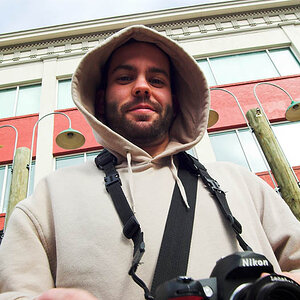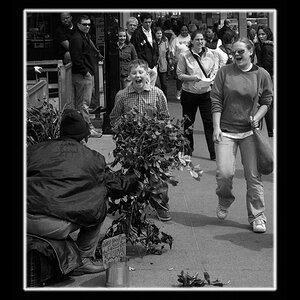I've been asked to shoot some art for friend.
Its canvas based oils and has a lot of surface texture.
Any tips on getting this right?
I know I need to get the artwork level to the camera to avoid lens distortion.
But what about
Colour
Lighting
Capturing the texture of the art
Tripod, remote timed or cable release
I'm buying a SB600 this week, so will have that as light source if required - softbox, umbrella?
I currently use a 35-70mm Nikkor on a d200
Its canvas based oils and has a lot of surface texture.
Any tips on getting this right?
I know I need to get the artwork level to the camera to avoid lens distortion.
But what about
Colour
Lighting
Capturing the texture of the art
Tripod, remote timed or cable release
I'm buying a SB600 this week, so will have that as light source if required - softbox, umbrella?
I currently use a 35-70mm Nikkor on a d200


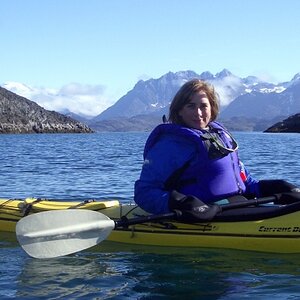

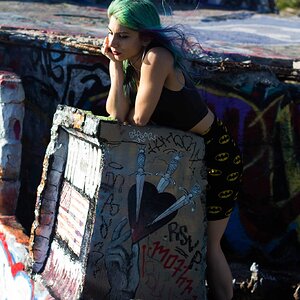
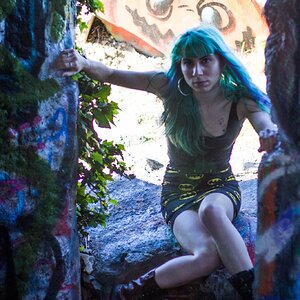
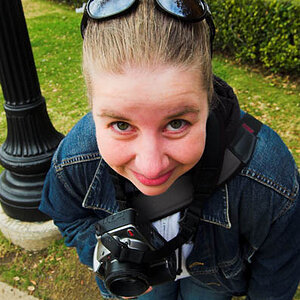
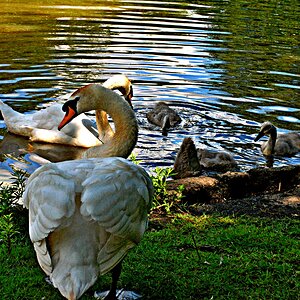


![[No title]](/data/xfmg/thumbnail/37/37604-7ad625e983f92f880eb65a264eeef5e4.jpg?1619738148)
